When Ford Motor Company introduced its new Model T on October 1, 1908, even an inveterate optimist like Henry Ford (1863-1947) could not predict the vast changes that his rather homely new vehicle would produce. What flowed from this series of bold innovations was more than an endless stream of Model Ts — it was the very foundation of the twentieth century itself. The assembly line became the century's characteristic production mode, eventually applied to everything from phonographs to hamburgers.
1900-1909

Dearborn State: MI Zip: Country: USA Website: https://www.asme.org/about-asme/who-we-are/engineering-history/landmarks/233-model-t Creator: Ford Motor Company, Wills, Childe
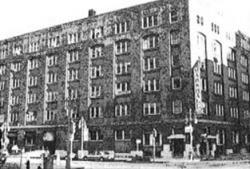
Designed by Claude A. P. Turner, a pioneer of reinforced concrete construction, the Marshall Building was constructed originally in 1906 as a five-story building. In 1911 the sixth floor of the building was added as per Turner's original design. This building is the oldest extant example of Turner's "mushroom" flat-slab system which transformed the design and construction of reinforced-concrete floors worldwide.
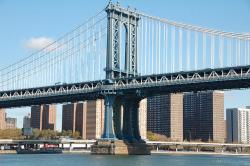
When opened in 1909, the 1,470 foot long main span of the Manhattan Bridge was the third longest suspension bridge span in the world, after the nearby Brooklyn and Williamsburg Bridges. The Manhattan Bridge has two 725 foot long suspended side spans for an overall length of 2,920 feet. The bridge deck is supported by 4 main cables of 20.75 inch diameter, each composed of more than 35,000 individual wires. The bridge deck is stiffened by four parallel trusses of 24 foot depth, hinged at the towers.
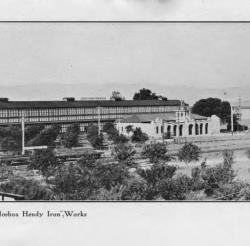
This ironworks exemplified the adaptability required for industrial survival in a dynamic technical environment. It was a major western producer of mechanical equipment used in mining (especially large hydraulic machines), ship propulsion, irrigation, power generation, optical telescope mounts, and nuclear research.
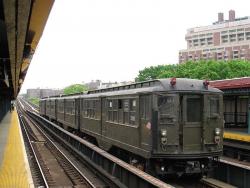
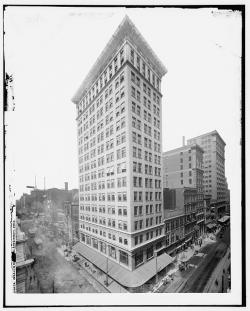
The 16-story Ingalls Building, still in use today, was the world's first reinforced concrete skyscraper. Its success led to the acceptance of high-rise concrete construction in the United States.
Melville E. Ingalls, for whom the building is named, spent two years convincing city officials to issue a building permit. Skepticism was high, because the existing height record for a concrete building was only six stories.
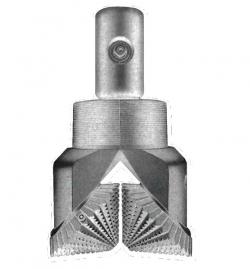
Prior to 1909 the traditional fishtail bit scraped the rock and quickly dulled in service. The Hughes two-cone bit's revolutionary rolling action crushed hard-rock formations with twin cone-shaped, hardened steel bits, each with 166 cutting edges, revolving on bronze bearings shaped to provide a large surface with reduced friction.
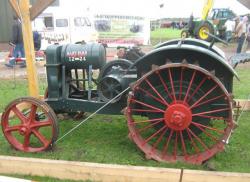
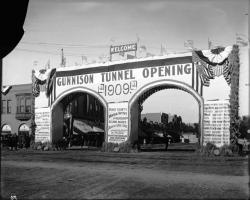
At its completion, the 5.8-mile Gunnison Tunnel under western Colorado's Vernal Mesa was the longest irrigation tunnel in America. It carried water from the Gunnison River to the Uncompahgre Valley to irrigate 146,000 acres of cropland.
Work on the 30,582-foot tunnel was first performed manually. Adverse geological conditions provided great challenge for this pioneering project. The drilling crews had to deal with clay, sand, shale, and a badly fractured fault zone.
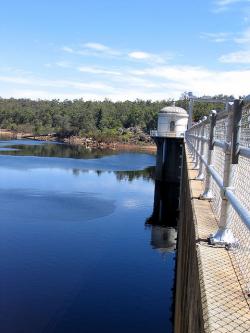
Originally known as the Coolgardie Goldfields Water Supply Scheme, the Goldfields Water Supply, Western Australia, has exceptional and unique cultural significance for Australia. Western Australia's first Premier, the dynamic and visionary Sir John Forrest, recognized the need for this extraordinary project to support the young and burgeoning gold mining industry in the dry interior of the state. In 1896 he directed C Y O'Connor, the colony's first Engineer-in-Chief, to find a permanent solution to the water supply problem in the area, which lacked any permanent surface water supplies and
Innovations
On 19 August, the AIAA Historic Aerospace Sites Committee dedicated Kitty Hawk, NC, as a historic aerospace site, following a decades-long negotiation with the U.S Park Service. A historic marker was unveiled at a 0930 hrs ceremony as part of the First Flight Society’s National Aviation Day at…
Read More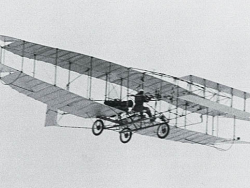
AIAA designated Baddeck, Nova Scotia as a historic site, providing a plaque to commemorate the centennial of the first powered flight in Canada. On February 23, 1909, piloting the “Silver Dart,” J.A. Douglas McCurdy took off from the frozen surface of Bras d’Or Lake at Baddeck Bay, and flew for…
Read More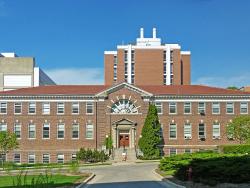
American Society of Agricultural Engineers Founded in this Building December 27, 1907


